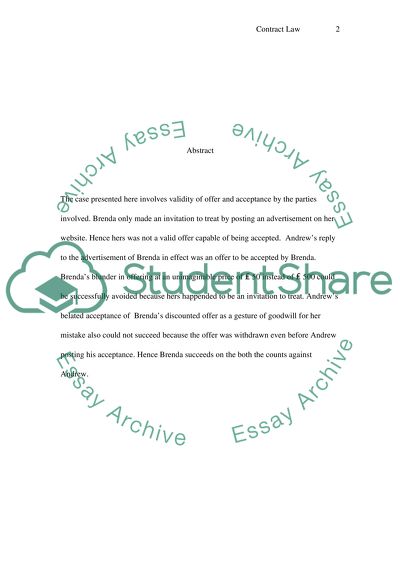Cite this document
(“Contract Law on Offer and Acceptance Case Study”, n.d.)
Retrieved from https://studentshare.org/law/1530991-contract-law-on-offer-and-acceptance
Retrieved from https://studentshare.org/law/1530991-contract-law-on-offer-and-acceptance
(Contract Law on Offer and Acceptance Case Study)
https://studentshare.org/law/1530991-contract-law-on-offer-and-acceptance.
https://studentshare.org/law/1530991-contract-law-on-offer-and-acceptance.
“Contract Law on Offer and Acceptance Case Study”, n.d. https://studentshare.org/law/1530991-contract-law-on-offer-and-acceptance.


